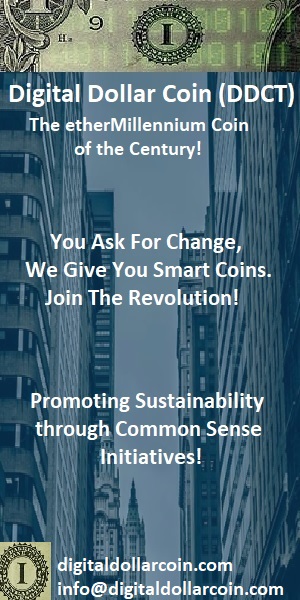Education has a low key interest in blockchain verifiable credentials

The American Association of Collegiate Registrars and Admissions Officers (AACRAO) released a survey on current educational trends. With its 11,000 higher education professional members, they aim to improve record management in educational institutions. Blockchain verifiable credentials were not on the list.
The key takeaway is the need for educational credentials to go paperless. The paper-based processes are not efficient because the document cannot be reused, is time-consuming, and can be duplicated easily. Although digital credentials have been there for almost 30 years, the pandemic has forced institutions to make a shift towards digitization.
Did you know according to a survey, 32% of institutions plan to devote more resources to credential digitization? Most of the processes carried out at colleges and universities are paper-based. AARCO surveyed the use of four digital credentials technologies those are digitally signed PDFs, digital badges, electronic data exchange, and blockchain verifiable credentials. The major goal is to establish an effective environment for students to share their credentials with prospective employers. Also, read – How Will The Metaverse Developers Change Education?
As of now, there is a huge gap in the adoption rates of these technologies. And obviously, PDFs are the most common electronic credential, which are made machine-readable by 4% of institutions. When institutions were surveyed about the likelihood of executing new digital credentials in the next 12-24 months, only 14% of institutions are interested. Moreover, Blockchain credentials are spreading widely. The institutions have already executed the transfer of credit solutions.
Add a comment
You must be logged in to post a comment.




























































